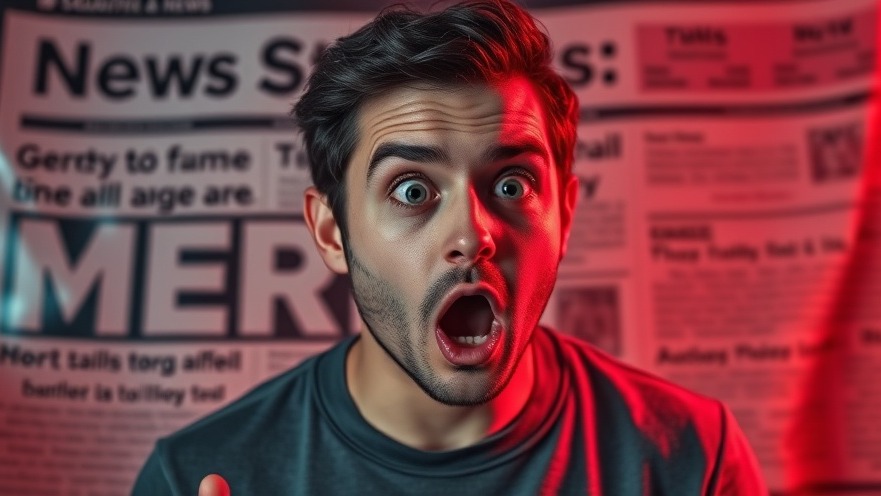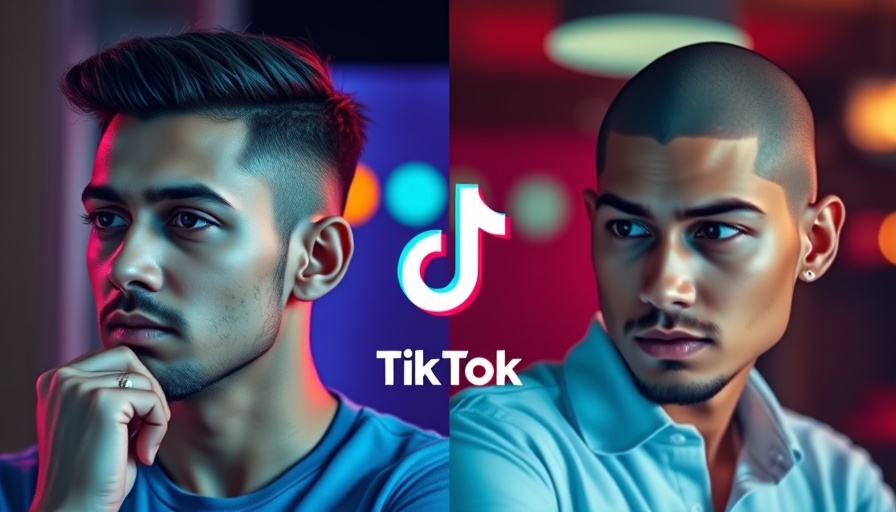
Understanding Clickbait: A Deceptive Trend in Online Health Reporting
In recent years, the health community has grappled with a surge in sensationalized headlines that mislead readers and distort facts. This phenomenon, popularly known as clickbait, often leads to misunderstandings around crucial health issues. The recent video titled Doctor Reacts To 'Clickbait' News Articles explores some of the most outrageous examples, providing a critical lens through which we can examine these tabloid-style health claims.
In the video titled Doctor Reacts To 'Clickbait' News Articles, the discussion dives into the alarming trend of sensationalized health headlines, prompting us to analyze its effects and the importance of critical media consumption.
Why Clickbait Matters: The Impact on Public Health
Clickbait articles often play on emotions, curiosity, and fear, prompting readers to click on sensational headlines without considering the credibility of the source. When it comes to health, this can be particularly dangerous. Misleading information about serious topics—like the risks of procedures or side effects of medications—can lead individuals to make uninformed decisions. For instance, sensational stories about potential side effects of popular medications like Ozempic might overlook broader contexts regarding their effectiveness and recommended usage.
Challenging Beliefs: The Role of Media Literacy
As consumers of information, developing media literacy skills is crucial. Understanding how to distinguish between sensationalist headlines and accurate reporting can help the public navigate health-related news more effectively. Simple practices, like checking the author's qualifications or the sourcing of the claims made, can arm readers against the allure of clickbait. Ground News, highlighted in the video as a helpful tool, allows readers to compare news coverage and understand biases—empowering consumers to fact-check before they act.
Personal Experience: The Real Cost of Misleading Headlines
In the video, Doctor Mike reacts humorously yet critically to outrageous claims, such as headlines stating "Doctors reattached my head after I was decapitated." Although exaggerated, stories like this could lead someone to believe in false medical miracles or needless panic. Misrepresentation can distort perceptions of a medical professional’s capabilities, ultimately damaging trust in genuine healthcare. It’s essential for patients and consumers to critically evaluate the information they consume, ensuring they aren’t misled by hyperbolic claims.
Protecting Yourself: Tips for Navigating Clickbait
To safeguard against clickbait-driven misinformation, consider the following strategies:
Seek Reliable Sources: Stick to reputable medical journals or websites that are peer-reviewed or validated by medical professionals.
Look for Author Credentials: Always check the background of the author to ensure they have the applicable expertise.
Verify with a Professional: When in doubt, consulting with healthcare providers can clarify the reality behind sensational claims.
Cross-Reference Information: Utilize platforms like Ground News to see how the same story is reported across different outlets to gauge reliability.
Conclusion: Why Vigilance Matters
In an age where information is at our fingertips, understanding the implications of clickbait in health reporting is critical. As consumers, our responsibility extends beyond just reading headlines; we must dive deeper to understand the facts. Engaging critically with the health information we encounter not only enhances our knowledge but protects our health. So next time you come across a sensational headline, remember to stop and think—because your health matters.
 Add Row
Add Row  Add
Add 




 Add Row
Add Row  Add
Add 

Write A Comment